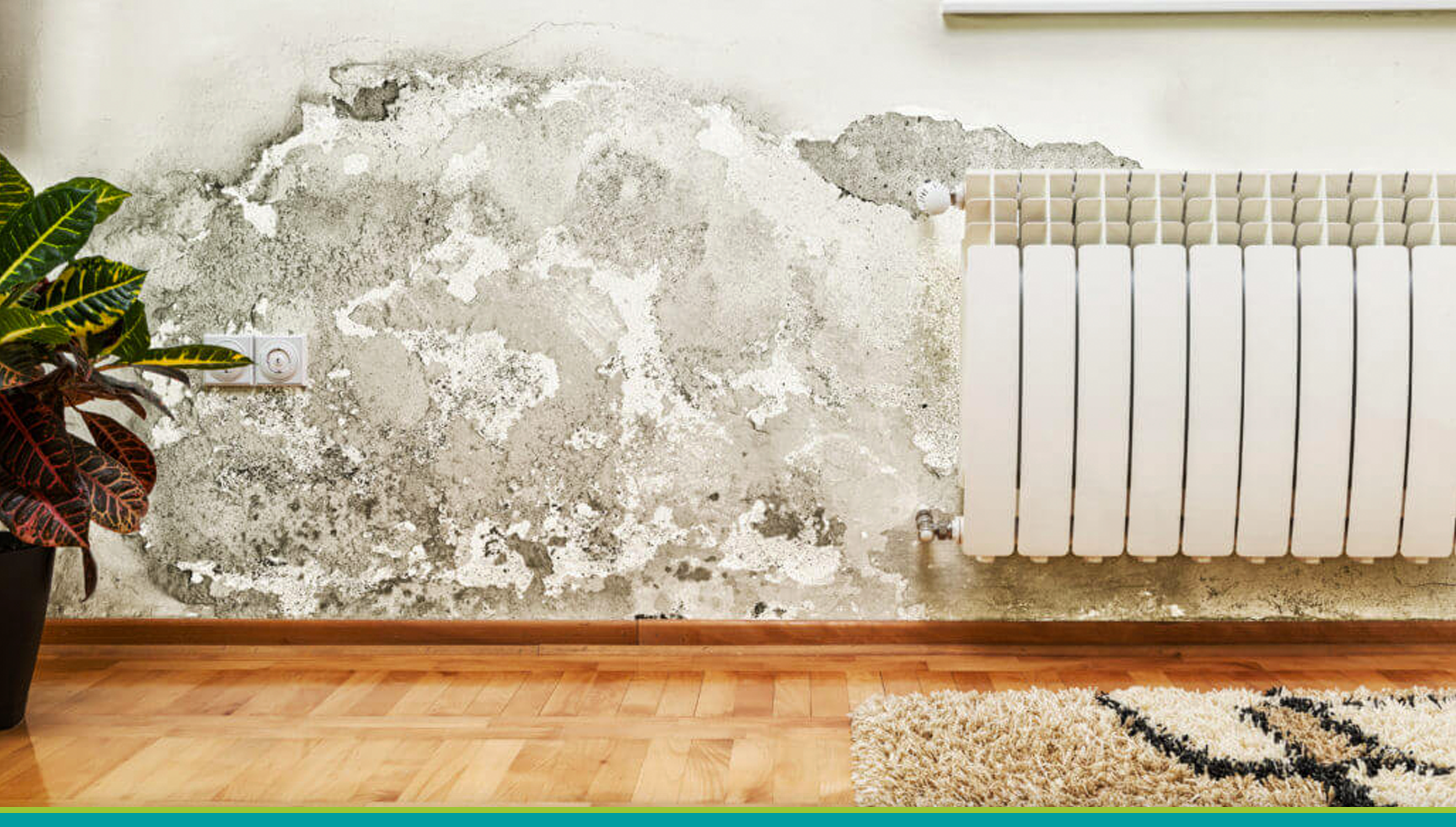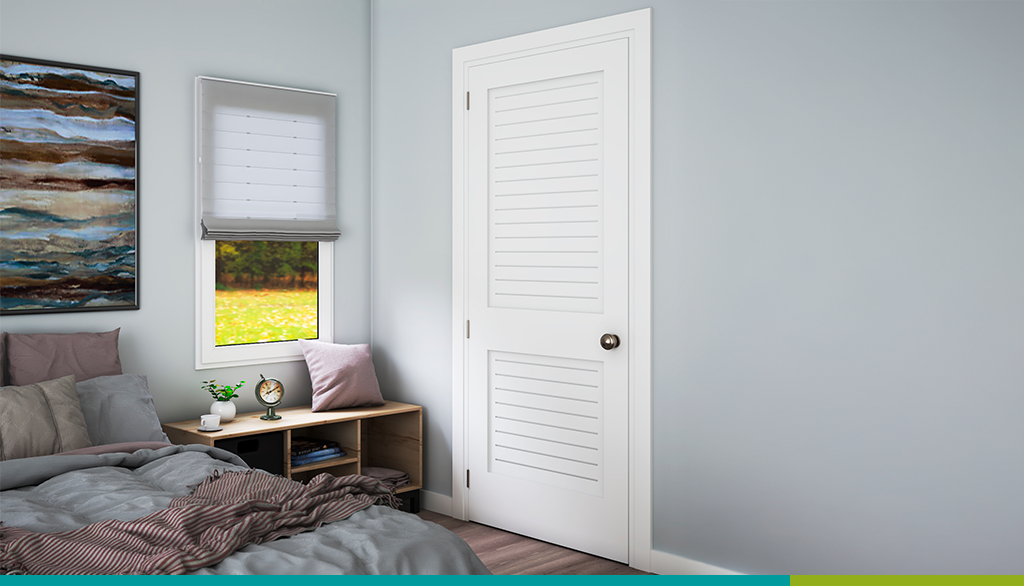Indoor humidity causes SO many problems.
From health to home efficiency, excess moisture in the home can have very damaging effects. Prolonged moisture can cause mold and mildew, which can lead to unpleasant smells, but more importantly it can trigger allergies and respiratory illness. Sneezing, wheezing and coughing are unpleasant side effects of a problem that can be easily prevented.
The health of your home is also negatively impacted by excess indoor humidity. Excess moisture can gradually rot the wood within houses. It can damage drywall and allow for more moisture to enter the bones of your home. By finding the cause of indoor humidity and actively working to prevent excess moisture, you can prevent damage to your health, home and eliminate mold growth in places that are hard to access.
Where does it come from?
The most common cause of excess humidity in the home comes from condensation. As temperatures fall, condensation rises and can create moisture inside your windows and doors. This type of dampness is caused by lack of heating, ventilation and poorly insulated windows.
Every time we boil water or shower, we also add moisture to our homes. If you live in a humid environment to begin with, humidity prevention is an uphill battle!
Humidity can also enter the home from the ground, like through an improperly sealed crawl space or through direct contact with the wet earth.
In addition to bringing in water that can penetrate the interior of your home, defects in gutters, pipes, flashing and chimneys can lead to more serious problems. Some symptoms of this type of water damage include peeling paint, water marks and stains on the ceiling.
If the moisture in your home is caused by some of these major structural issues, you will want to consult with a professional.
We will be covering seven tips to lower the overall humidity in your home.
Tips to lower humidity in your home
1 Wipe down condensation build up
If you have water running down your windows and walls, you are at risk for developing a major mold issue! If your windows are wooden, you could also expect some warping, which can disfigure your window sill and frame. Wipe any water off with a dry cloth.
If you have concerns that mold has started to develop, dip a cloth in soapy water before wiping down the affected surface.
Use a dry cloth to remove any moisture and try to discern why you have excess water in that space. It could be that you need insulated windows, or perhaps you are introducing too much humidity into the room from cooking.
2 Run exhaust fans when cooking or showering
Showering can produce lots of steam and moisture. To prevent this from causing condensation in the rest of the house, be sure to keep the door of the bathroom closed and if it’s not too cold out, open your bathroom window when showering.
The bathroom should have an extractor fan to reduce moisture (and unpleasant odors). Make sure it is running during your shower, and for at least 15 minutes after to help remove moisture from the room.
If humidity is left in a room for 24-48 hours, it can trigger mold and bacteria to grow.
Try to keep pots and pans covered when cooking in the kitchen. Not only will this keep steam from escaping, but it will also save energy when cooking!
Older homes do not always have an extractor fan installed over the stove. There are a lot of great ductless hood fans you can install yourself for less than $200. This simple addition can be a great long term solution to reducing humidity in your kitchen.
3 Keep your house warm and insulated
Condensation happens when warm air hits cold walls and windows. Keep your house warm enough that surfaces never get cold enough to create condensation.
If this continually happens on your windows, you will want to consider insulating your windows with clear plastic, or purchasing insulated windows.
If there are particular walls where condensation builds up, you may have an issue with insulation. A well insulated home will be more efficient to keep warm, and consequently more efficient at keeping humidity out.
You may also want to replace old exterior doors that are poorly insulated. Sometimes the door frame just needs new rubber sealing tape to keep cold air from entering.
4 Buy a dehumidifier
This is a must for any home with a basement, especially if it still has a concrete floor.
Dehumidifiers suck in air at one end, remove moisture, and then blow out warm, dry air. If you’ve ever used one, you know how shocking it can be to see how much moisture is in the air!
The magic range for ideal indoor humidity is 30-50%. If your indoor humidity levels like to hover at 65% or more, then it’s time to buy a dehumidifier.
5 Don’t hang clothes to dry inside
Think about it — that water has to go somewhere! Drying clothes outside will help to avoid condensation from the wet clothes building up in the house.
If you do have to leave clothes to dry inside, position a dehumidifier nearby to suck up the excess moisture.
If you have a clothes drier, make sure it is properly vented outside.
6 Grow plants that absorb humidity
Some house plants, like Boston ferns or peace lilies, remove moisture from the air and look good while they do it!
7 Keep downspouts clean
This is one thing you can do to prevent moisture from seeping in from down below. Adjust downspouts so they carry water farther from the house. Prevent water from pooling at and around the foundations by providing a descending surface for it to roll down.



